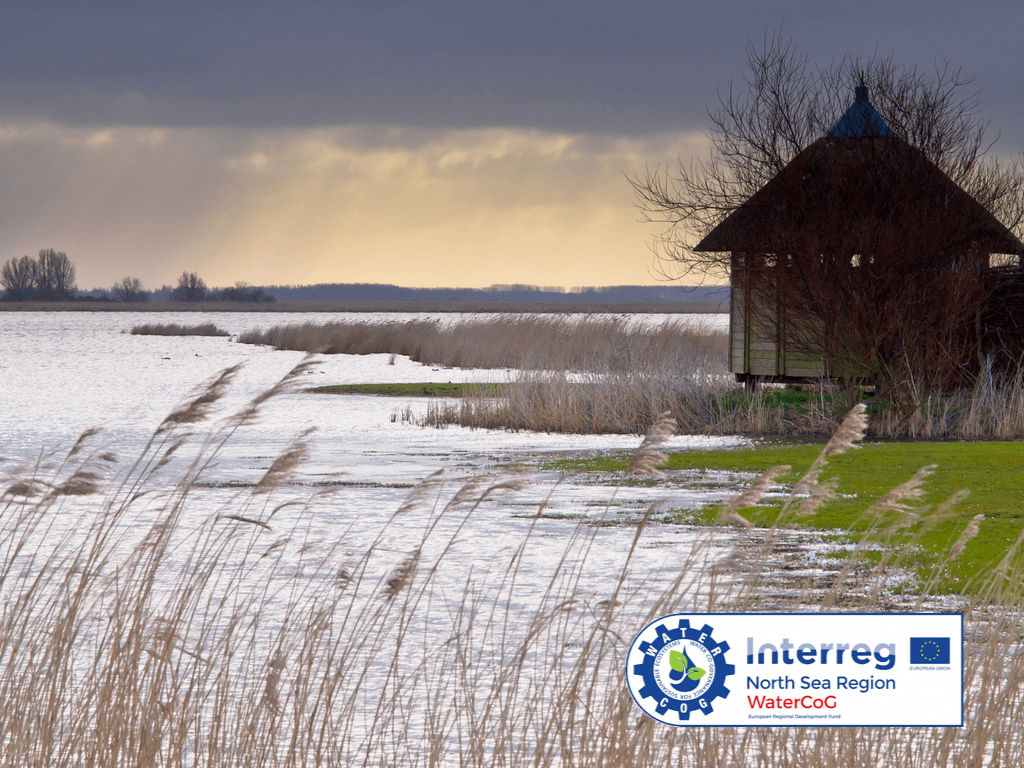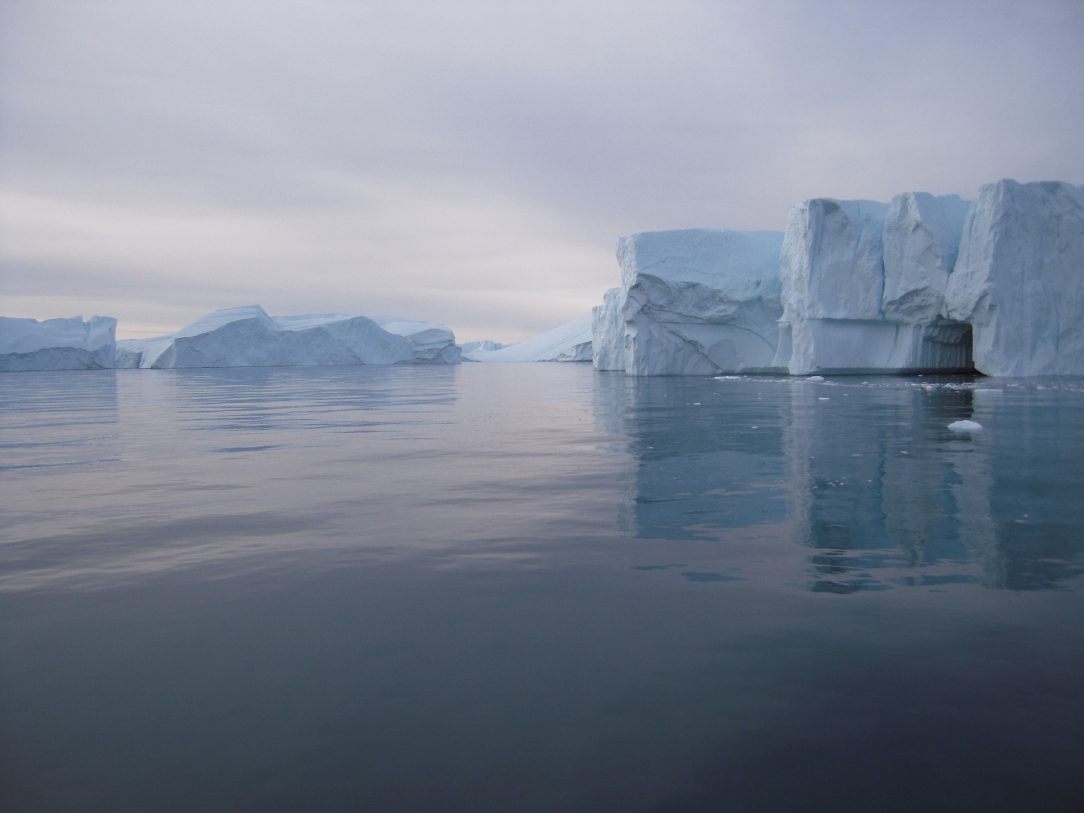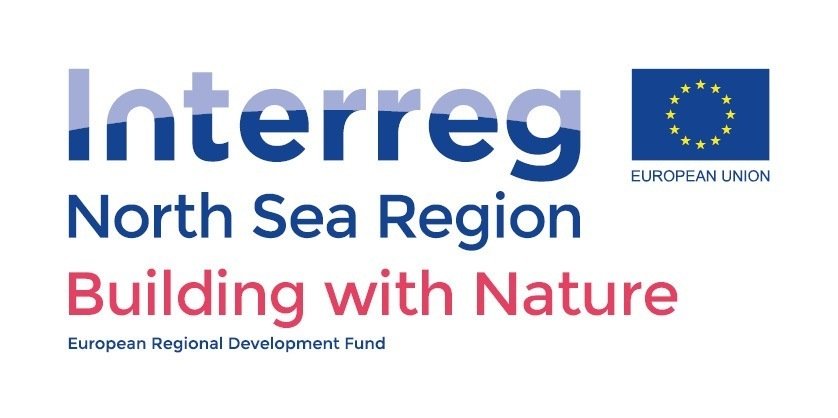Between Delfzijl and Eemshaven we improve 12 km of sea dike. The dike protects a large part of the province of Groningen. We make the dike resistant to climate change and sea level rise, but also land subsidence and earthquakes caused by gas extraction in Groningen. Within the project we carry out a number of innovations to address future challenges: …
IMCG
In the past 10 years, staff at the Centre for Energy and Environmental Sciences (IVEM) at the University of Groningen have participated in the IMCG knowledge network. The IMCG (International Mires Conservation Group) has 700 members worldwide and is active as an organisation in advising and visiting people involved in the preservation and restoration of peat areas damaged by drought …
Interreg North Sea Region project WaterCoG
In the InterregWaterCoG project, the Hanze University of Applied Sciences Groningen is collaborating with a series of partners and stakeholders in Sweden, Germany, Denmark, the Netherlands and Great Britain. Various EU directives focus on protecting or even improving the supply of ecological services such as clean drinking water, food, recreation, etc. The implementation and integration of water management in the …
Peatland vision
The Frisian peatland area is characterised by an open landscape and low-level meadows with a peat soil. The area consists primarily of grassland for (dairy) cattle farming. The area has important natural characteristics as well, and its special nature is under pressure. The peat is oxidising due to decreased water levels, causing the peat to slowly disappear and the soil …
Sustainable Landscapes: sustainable landscape management
Cities and regions all over the world are facing rapid social change. Causes include processes such as climate change, population increase and decrease, and economic developments. These developments require social and policy innovations in order to reinforce the resilience of nature and landscape. The Sustainable Landscape Competence Centre (SLCC) is headquartered at the University of Groningen. The objective of the …
Polar Research
Thanks to trail-blazing research, a multidisciplinary approach and an extensive national and international network, the University of Groningen is one of the most important organisations in the area of arctic research, education and policy development. Not only do they study changing processes in the polar areas and their relationships with the global system, but they also make experts available for …
Natural climate buffer Wadden Sea
UNESCO has recognised the Wadden Sea as a natural world heritage site due to its unusual and unique characteristics. In the future, the Wadden Sea can also play an important role in climate adaptation. In ceasing to continuously raise the dikes, instead give more space to nature, the Wadden Sea becomes a natural climate buffer. The mudflats can grow with …
Sharing international water management knowledge
There is a strong global interest in our knowledge and experience in water management. The Netherlands is seen as the safest delta in the world. One of the reasons for this is our separate authority for water management: the district water board. The valuable knowledge and experience with respect to water management specific to the Northern Netherlands is shared and …
Global Flyway Network
Changes observed in the behaviour of migrating birds can provide valuable information on where and how the impact of climate change is greatest. The University of Groningen is leading the Global Flyway Network initiative together with a range of partners all over the world. The global consequences of local actions can be demonstrated using the findings of the Global Flyway …
Interreg North Sea region project Building with Nature
In the Building with Nature project, the Noorderzijlvest district water board is collaborating with partners from the Netherlands, Norway, Sweden, Denmark, Germany, Belgium and Scotland to design a natural defence against floods. We can protect areas from flooding with dams and dikes, but natural defences against the water exist as well. In ‘Building with Nature’, the effects of 13 natural …
- Page 1 of 2
- 1
- 2












